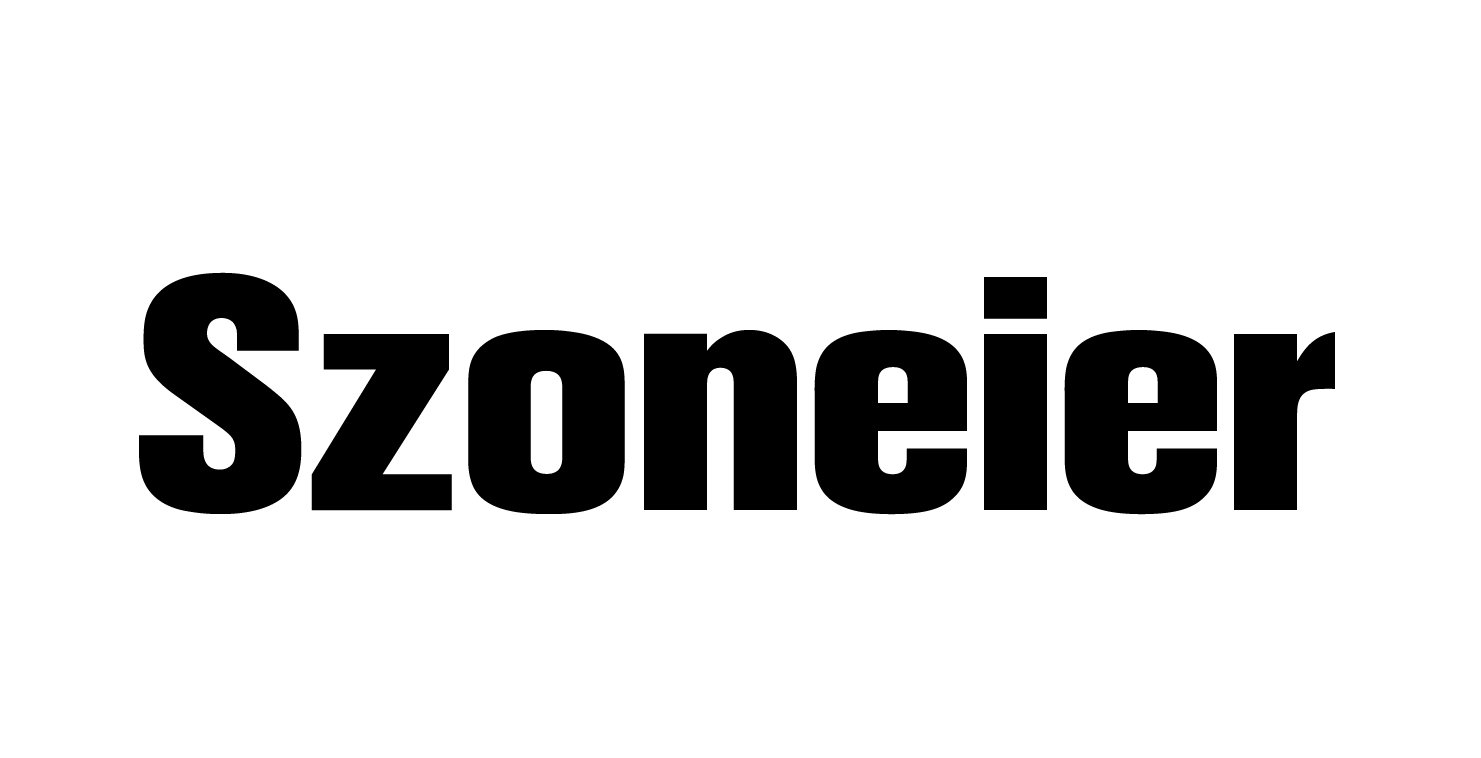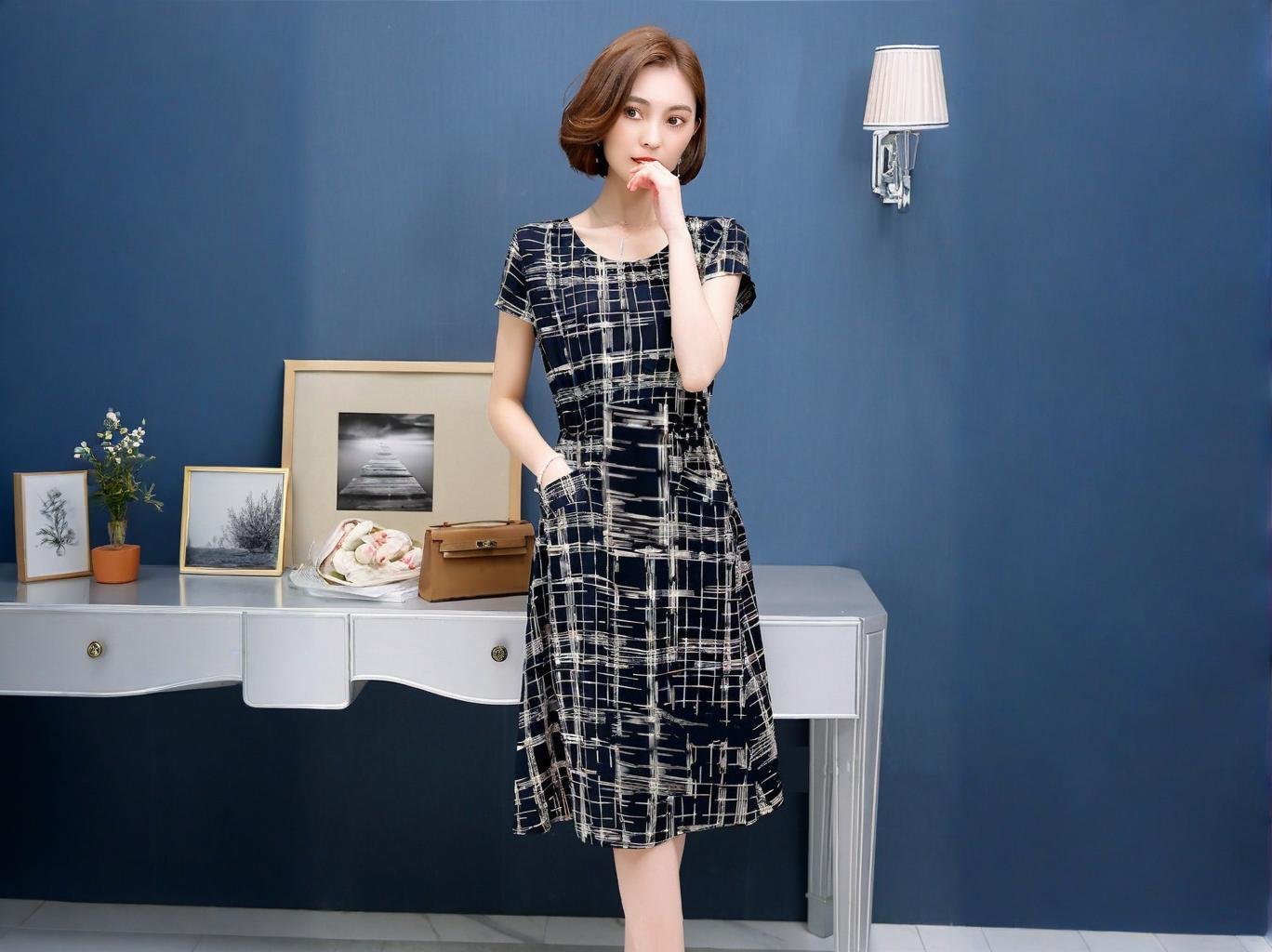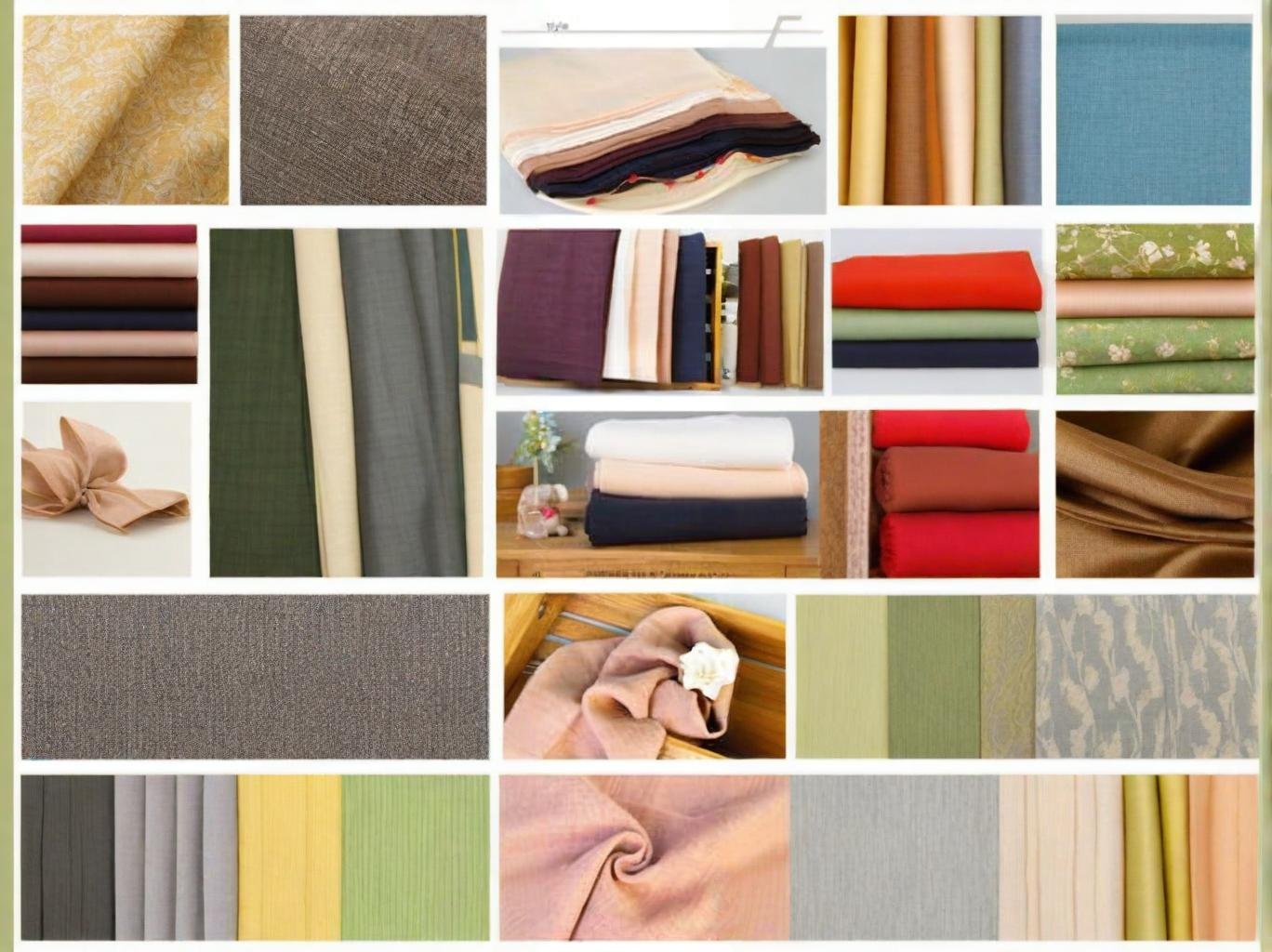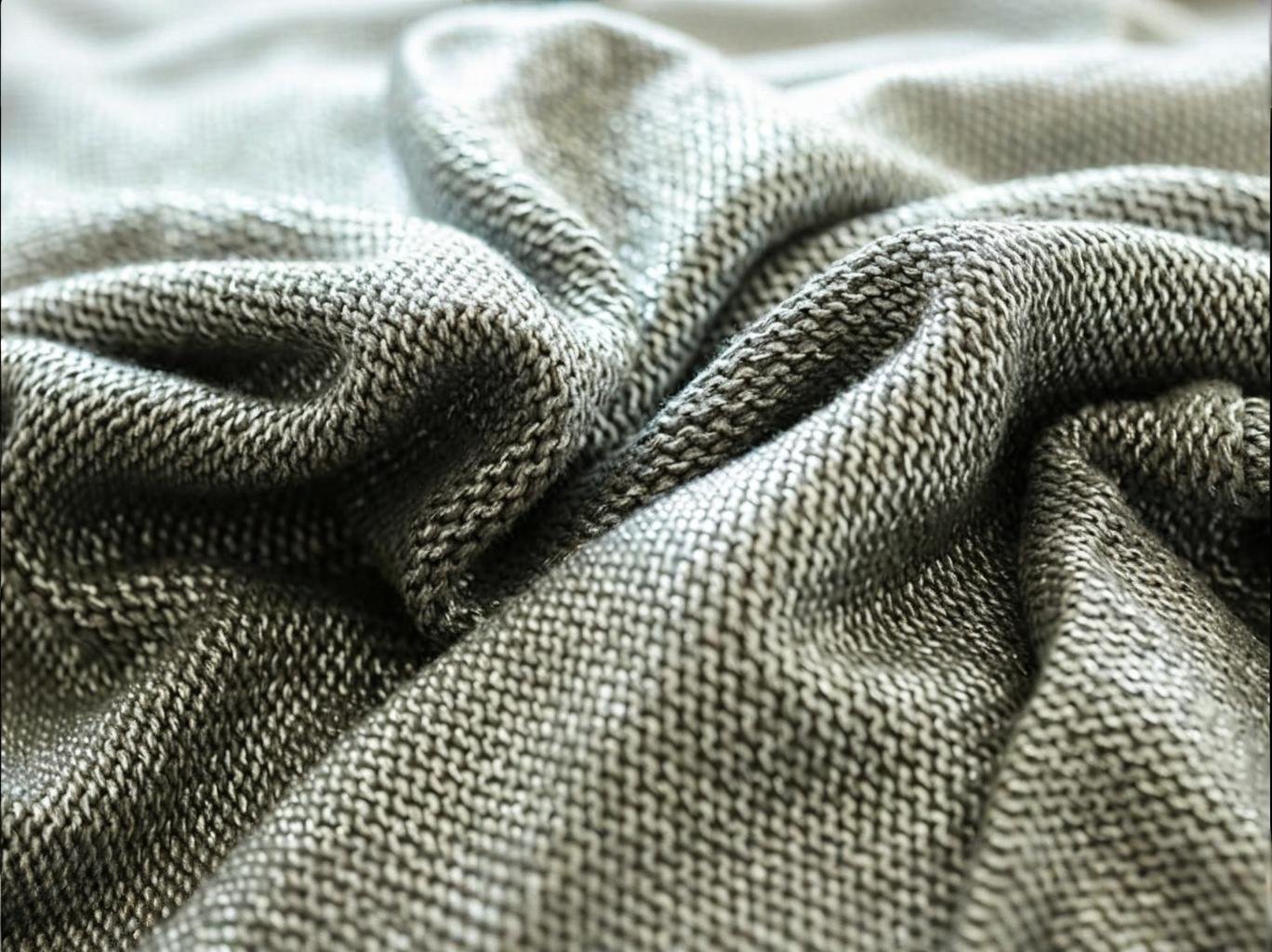Types of Linen in Housekeeping Inventory: Par Level Calculation & Wastage Control
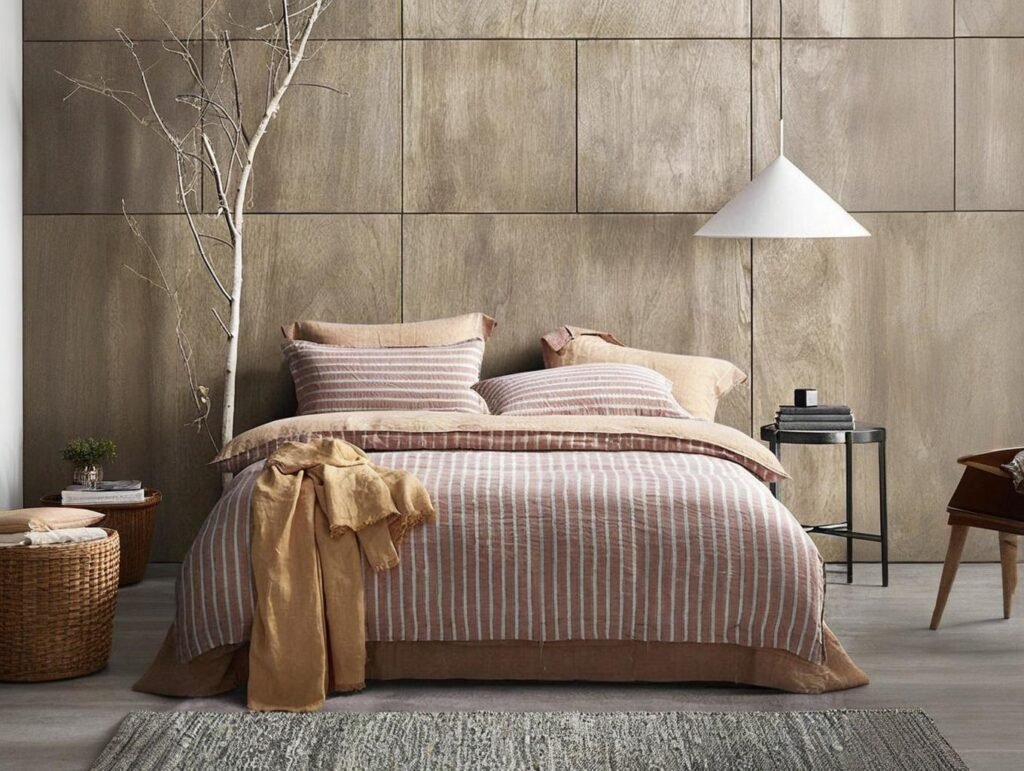
Every housekeeping manager knows the pain: a missing towel in guest rooms, overstocks of rarely used tablecloths, and mounting laundry costs. Managing linen is like conducting an orchestra—too little, and standards suffer; too much, and budgets collapse. Striking that right balance is how top hotels maintain rhythm.
Housekeeping linen falls into categories such as towels, bed linens, tablecloths, and specialty items. Effective par level calculation ensures the right quantities are always available while minimizing waste through optimized usage and inventory control.
Picture this: A boutique hotel reduced towel losses by 25% in six months simply by crunching par numbers and tracking turnover. That’s not theory—that’s efficiency in action, and it’s exactly what we’ll unpack in this guide.
1. What are the main types of linen used in hotel housekeeping operations?
Housekeeping inventory spans multiple linen categories, each with its own usage pattern and replacement rhythm. The most common types include bath towels, bed sheets, pillowcases, bathrobes, tablecloths, napkins, and specialty items like spa wraps or face linens.
- Bath & Hand Towels: Highest usage and frequent laundering—typically replaced every 400–600 washes.
- Bed Sheets & Pillowcases: High turnover with 3–5 changes per week; durable double-ply cotton or cotton-linen blends are favored.
- Bathrobes & Spa Wraps: Specialty items with longer life cycles but higher replacement costs.
- Table Linens: Often large and expensive; turnover depends on food service activity.
- Specialty Linens: Includes face towels in spas, gym towels, or welcome gift wraps—lower volume but high cost per unit.
Case Snapshot: At an eco-resort in Bali, swapping to a 70/30 cotton-linen robe blend doubled lifecycle durability and savings—cutting material replacement costs by 30% over a year.
2. Which linen items require the highest inventory investment?
While towels are laundered most often, heavier items like tablecloths and bed linens carry the highest upfront cost per piece. Investing wisely in these can reduce budget strain and improve lifecycle value.
- Cost per Piece & Replacement Frequency
| Linen Type | Avg Unit Cost (USD) | Replacement Frequency | Total Annual Spend (%) |
|---|---|---|---|
| Bath Towel | 6–10 | 400–600 washes | High volume, 25% total |
| Bed Sheets | 15–25 | 12–15 changes/year | Mid-cost, 35% total |
| Tablecloths | 20–40 | 50–100 uses/year | High-cost, 20% total |
| Bathrobes | 30–60 | 250–400 wears | Specialty, 10% total |
| Specialty Linens | 5–15 | Varies | Low volume, 10% total |
- Investment Concentration: Tablecloths/robes form just 30% of volume but nearly 50% of linen investment, demanding careful par level planning.
- ROI Spotlight: A US resort cut table linen replacements by 40% after increasing their par by 15%, avoiding emergency orders and excessive express shipping fees.
3. How do you calculate optimal par levels for each type of linen?
Par level refers to the minimum number of linen pieces required to keep operations running smoothly without delays or shortages. The calculation is simple in concept but must be tailored to property size, laundry turnaround time, and guest turnover rates.
To calculate par level: Par Level = (Number of daily uses) × (Laundry turnaround time in days + 1 backup day)
For instance, a hotel that uses 100 towels daily with a 1-day laundry cycle needs: Par Level = 100 × (1+1) = 200 towels
- Factors Impacting Par Level
| Factor | Impact on Par Level |
|---|---|
| Room occupancy rate | Higher occupancy increases daily linen usage |
| Laundry turnaround | Longer turnaround requires more backup inventory |
| Peak season vs. off-season use | Seasonal adjustments must be factored in |
| Linen loss/wastage rate | Regular replenishment planning |
| Linen type (towel vs. sheet) | Different wear cycles and replacement timing |
- Case Example: A 120-room city hotel operating at 85% occupancy found its towel shortages were due to underestimating weekend peaks. By adjusting par levels from 2.5x to 3.2x on towels and sheets, guest complaints about missing items dropped by 80%.
- Common Pitfall: Some properties calculate par based on average occupancy, not peak demand—leading to chronic shortages during events or holidays.
4. What factors affect linen usage rates in hotels and resorts?
Linen usage is not a static metric. It fluctuates based on guest demographics, room type, cleaning schedules, and even regional culture. Understanding these variables is essential for accurate par planning and efficient stock rotation.
- Guest Behavior & Expectations
- Business travelers may use fewer towels vs. families or resort guests.
- Spa clients often expect fresh linens per treatment.
- Property Type Differences
| Property Type | Avg. Daily Linen Use per Room | Typical Usage Drivers |
|---|---|---|
| Urban Hotels | 3–4 items | Short stays, minimal spa use |
| Beach Resorts | 6–8 items | Towels for pool, beach, spa |
| Boutique Inns | 2–3 items | Personalized service, lower volume |
| Conference Hotels | 5–6 items | High turnover, banquet linen requirements |
- Room Type vs. Linen Demand
- Suites and deluxe rooms require more pillowcases, robes, and table linens.
- Properties with in-room dining also have higher napkin and cloth demand.
- Cleaning Schedule Impact Hotels with once-daily cleaning need lower par levels than those with twice-a-day service.
Real Example: A beachside resort in Mexico increased bath towel usage by 40% after opening a new beach bar. The solution? Add one more par level to pool and beach linen categories during high season.
5. What causes linen wastage in housekeeping operations?
Linen wastage in hotels often goes unnoticed until inventory audits or rising replacement costs force attention. Wastage can stem from mishandling, theft, poor laundering, and improper storage. Identifying and addressing these root causes is critical to prolong linen lifespan and control operational expenses.
- Top 5 Causes of Linen Wastage
| Cause | Description | Estimated Impact on Inventory |
|---|---|---|
| Stains & chemical damage | Bleach burns, makeup stains, improper detergents | 25–30% |
| Overwashing or high-temp drying | Weakens fabric fibers, leading to faster wear | 15–20% |
| Housekeeping mishandling | Dragging sheets, folding errors, tangle damage in machines | 10–15% |
| Guest misuse or theft | Towels used for makeup, robes taken as souvenirs | 5–10% |
| Storage humidity or pests | Mold, mildew, or insect damage to stored linens | 2–5% |
- Behavioral Triggers Guests may use towels as floor mats or to remove makeup if alternatives aren’t offered. Housekeeping may use strong chemicals to speed up turnaround, unknowingly damaging fibers over time.
- Case Example A 4-star European chain found that 18% of linens retired monthly were due to mascara and tanning lotion stains. After introducing facial tissues and makeup towels in rooms, that number dropped by 60%.
6. How can hotels reduce linen loss in high-turnover environments?
Hotels with high occupancy and quick room flips face elevated risk of linen loss or misuse. But targeted preventive measures can drastically reduce losses without compromising guest satisfaction.
- Best Practices to Reduce Linen Loss
| Strategy | Implementation Tip | ROI Potential |
|---|---|---|
| Colored makeup towels | Provide black or gray towels labeled “For Makeup” | Reduces stained towel discard by 50% |
| Guest communication | Room signage and polite notices about linen care | Prevents misuse, builds awareness |
| RFID linen tracking | Embed washable RFID tags in sheets and towels | Tracks movement, reduces theft |
| Staff training programs | Focus on folding, chemical use, and handling habits | Increases linen lifespan |
| Clear lost linen protocols | Require incident logging and department accountability | Reduces unexplained losses |
- Technology Use: RFID in Linen Management RFID allows hotels to track each linen item’s lifecycle, from laundry entry to guest use and final disposal. Some hotels report up to 20% reduction in losses post-RFID integration.
- Staff Engagement Case A busy airport hotel reduced its annual linen cost by \$11,000 after introducing a quarterly training and incentive program rewarding careful linen handling.
7. What is the best method to calculate linen replacement cycles?
The most effective way to calculate linen replacement cycles is by combining usage frequency, linen type durability, laundering conditions, and expected guest turnover. This ensures you don’t over-purchase or run short, and it extends the lifespan of each linen item through proactive planning.
- Linen Replacement Cycle Calculation Formula A widely accepted formula in hospitality for linen replacement is:
Replacement Cycle (months) = Total Inventory ÷ (Daily Use × Laundry Turn Rate)
This helps determine how many months a linen piece can last based on frequency of use and the strain of laundering.
- Expected Lifespan by Linen Type
| Linen Type | Average Lifespan | Replacement Indicator |
|---|---|---|
| Bath Towels | 100–150 washes | Fraying edges, loss of softness |
| Bed Sheets | 150–200 washes | Fading, thinning, seam wear |
| Pillowcases | 80–100 washes | Yellowing, tear risk |
| Duvet Covers | 100–120 washes | Buttonhole damage, color loss |
| Table Linens | 60–100 washes | Stains, fiber fuzzing |
- Real-World Example A boutique hotel in Singapore used digital laundry logs to track wear per sheet and optimized its replacement purchasing from quarterly to every 5.6 months. This saved approximately \$5,000 annually.
- Pro Tip Include a color-coded tagging system (e.g., blue tags for new, yellow for middle life, red for near-replacement) to help housekeeping visually identify linen age during operations.
8. How can suppliers support better linen inventory and par level management?
Suppliers play a vital role beyond just manufacturing. By offering usage analytics, fabric durability insights, and batch traceability, they help hospitality clients build smarter inventory strategies, reduce waste, and maintain brand consistency in guest experience.
- Key Supplier Support Services
| Supplier Offering | Benefit Provided |
|---|---|
| Custom GSM & blend suggestions | Matches fabric to usage environment |
| Batch tracking with QR codes | Enables recall, lifespan analysis |
| Pre-shrunk and anti-pilling finishes | Enhances durability and guest appeal |
| Par-level consulting | Helps optimize purchasing cycles |
| Low-MOQ prototyping | Allows hotels to test small batches before bulk order |
- Smart Collaboration Leading textile suppliers are integrating ERP tools or customer dashboards that notify hotels when a linen batch is nearing end-of-life based on usage averages.
- Case Study: SzoneierFabrics Partnership SzoneierFabrics helped a luxury resort chain streamline its linen procurement by supplying RFID-tagged linen sets and quarterly GSM durability reports. The resort saw a 12% drop in linen losses and improved guest review scores for room comfort.
- Evaluating the Right Supplier
| Evaluation Criteria | Why It Matters |
|---|---|
| Proven experience in hotel linen | Ensures fabric is purpose-fit for hospitality use |
| Certification (e.g., OEKO-TEX) | Confirms fabric safety and sustainability |
| Lead time and MOQ flexibility | Supports dynamic ordering |
| Willingness to provide after-sales support | Critical for long-term inventory success |
If you’re looking for a reliable manufacturer that understands how to align linen durability with your housekeeping operation’s inventory goals, SzoneierFabrics offers custom solutions with guaranteed quality, low MOQ, fast turnaround, and tailored consulting. Whether it’s bedding, towels, or hospitality-specific fabrics—our expert team is ready to help. Contact us today to request a quote, free sample, or par level consultation.
hotel linen inventory management, housekeeping linen types, linen par level calculation, hotel linen control system, minimum linen stock levels, hotel linen replacement guide, linen loss prevention in hotels, linen inventory spreadsheet template, types of linen used in hotels, par stock formula for linen, linen usage tracking software, how to manage hotel linen, bed linen stock control, linen room best practices, hotel towel replacement cycle, sustainable hotel linen, hotel housekeeping laundry management, hotel bedding par level, reducing linen wastage in hospitality, linen tracking with RFID, guest room linen checklist, how often to replace hotel linens, inventory control for hospital linen, linen management software for hotels, hotel linen supply chain, cotton vs polyester hotel linen, hotel housekeeping checklist linen, commercial laundry linen tracking, bulk linen ordering tips, hotel linen lifecycle tracking
Can't find the answers?
No worries, please contact us and we will answer all the questions you have during the whole process of bag customization.
Make A Sample First?
If you have your own artwork, logo design files, or just an idea,please provide details about your project requirements, including preferred fabric, color, and customization options,we’re excited to assist you in bringing your bespoke bag designs to life through our sample production process.
